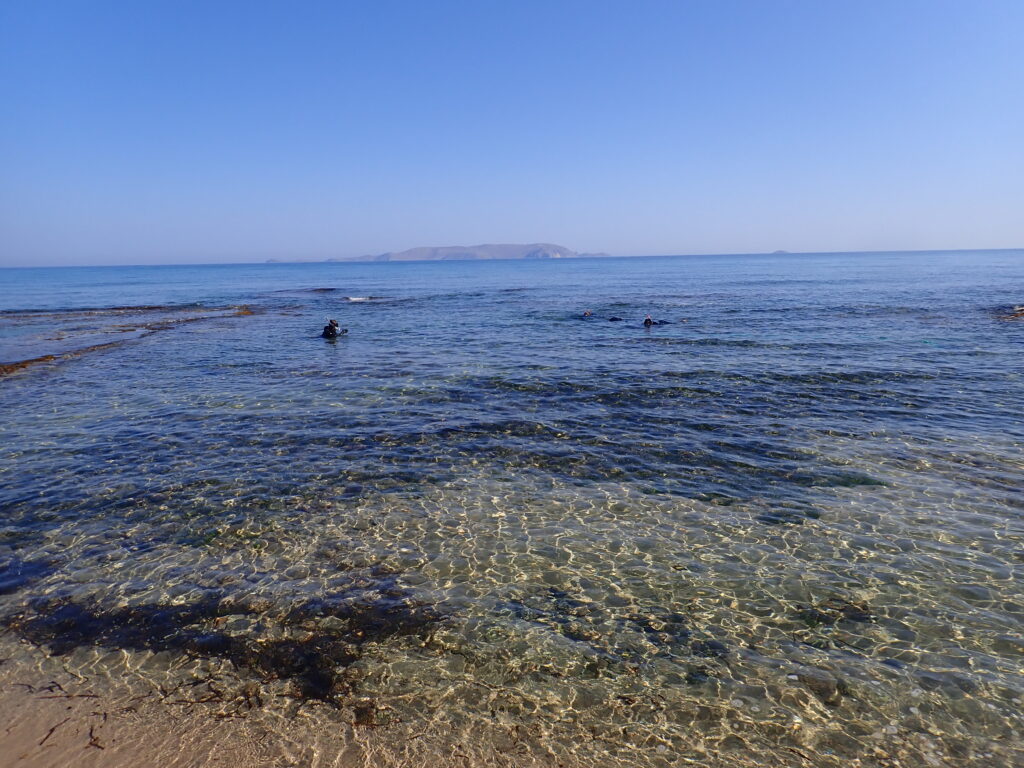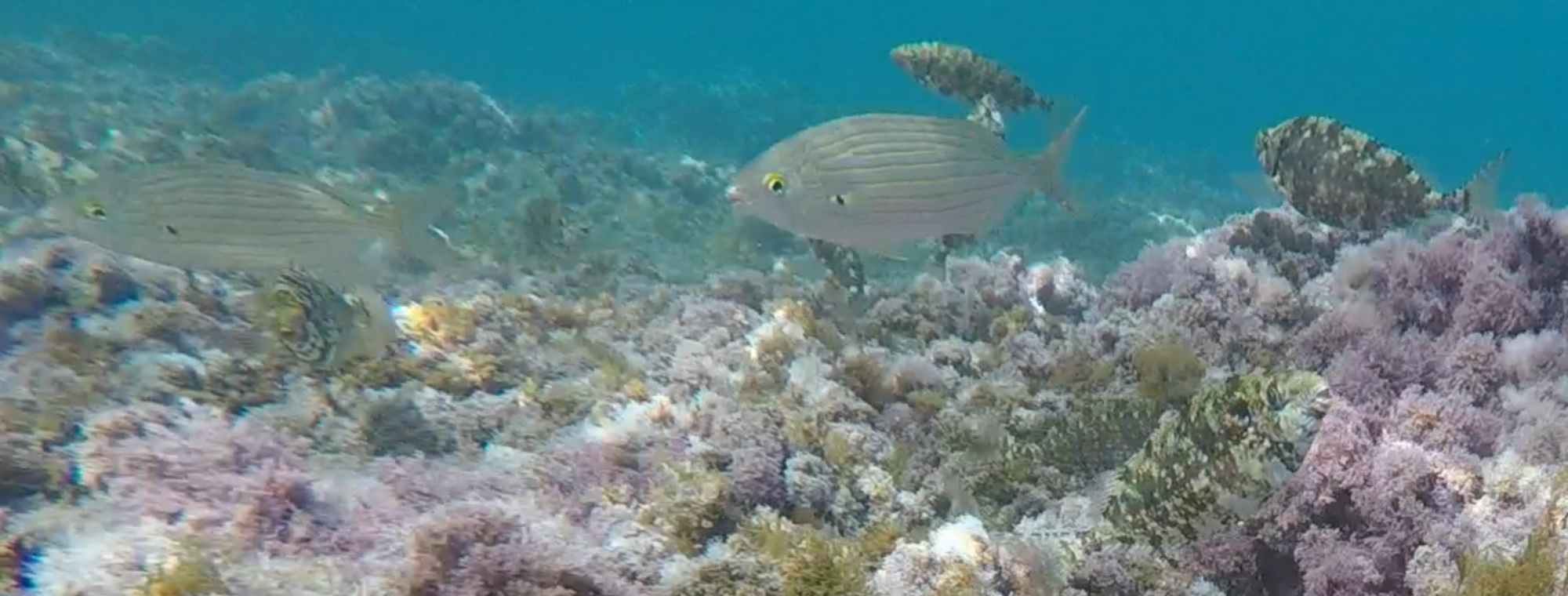To answer the questions of the EXOFISHMED project we sampled Sarpa salpa and Siganus rivulatus from 3 locations in the Mediterranean Sea (France, Crete, Israel) and from one location in the Red Sea (Eilat, Israel) where Siganus rivulatus is native. In each location, we also collected samples of fish environment (water, sediment, macrophytes).

We also ran experiments in controlled conditions to assess effects of fishes on their environment.
The samples collected were analyzed by a multidisciplinary team mastering complementary approaches :
- morphometrics to describe body parts of fish determining food acquisition, locomotion and defense against predators
- sclerochronology to measure fish growth rates
- stable isotope analysis to assess trophic position
- molecular biology to describe the diversity and roles of microbes living in fish gut
- bioenergetics modelling to assess fish nutrient budget and contribution to nutrient cycles
These data will allow quantifying intraspecific variability within each species (both between life-stages and between populations) as well as interspecific differences for all facets of fish niche and for their roles in ecosystem functions



